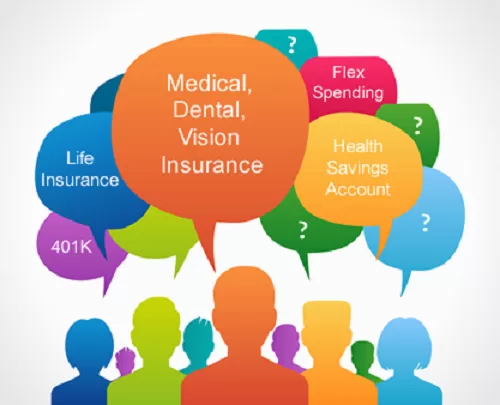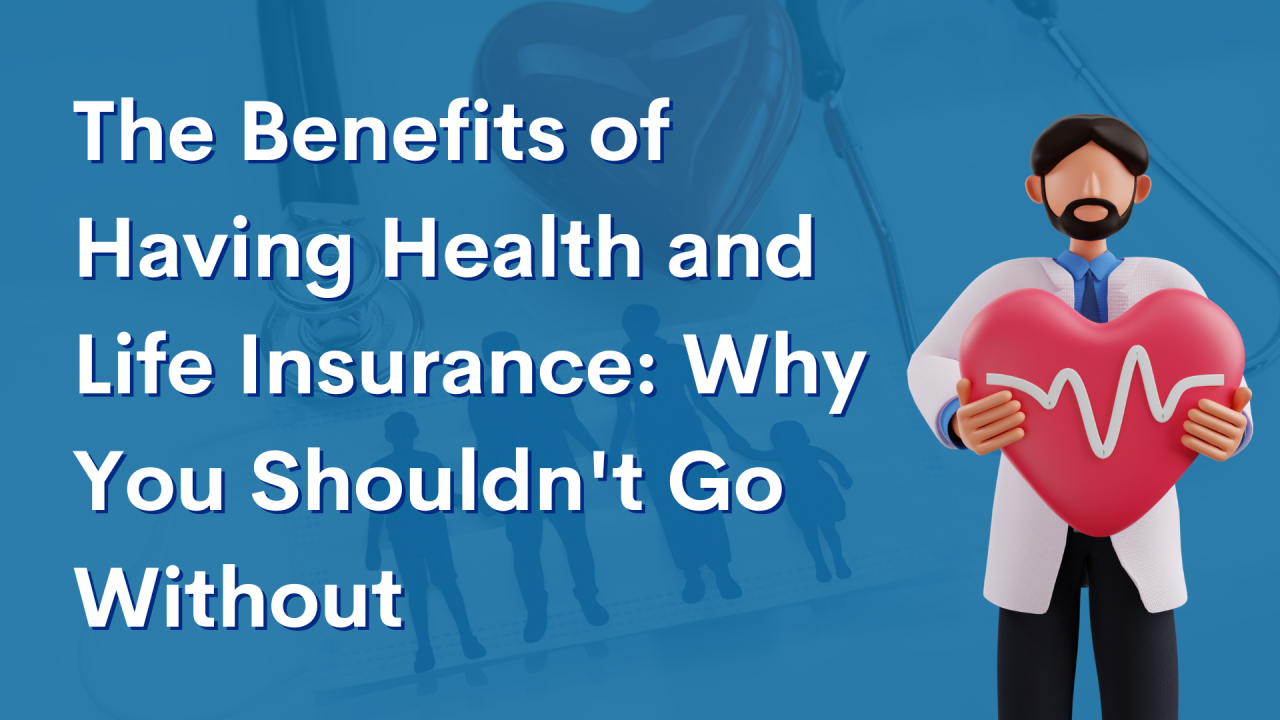10 Simple Techniques For Medicare Advantage Agent
Table of Contents9 Simple Techniques For Medicare Advantage AgentA Biased View of Medicare Advantage AgentMedicare Advantage Agent Fundamentals Explained


follows from complies with the puzzling young age profile of the uninsured with the better healthFar better wellness average, standard younger personsMore youthful For those without access to work environment wellness insurance coverage, bad health and wellness is a potential barrier to purchasing nongroup coverage due to the fact that such insurance coverage may be highly priced, leave out preexisting conditions, or be merely inaccessible. Unless otherwise kept in mind, nationwide quotes of people without wellness insurance policy and proportions of the population with various kinds of protection are based on the CPS, the most widely made use of resource of estimates of insurance policy protection and uninsurance rates.

What Does Medicare Advantage Agent Do?
Over a three-year duration starting early in 1993, 72 million people, 29 percent of the united state population, lacked protection for at the very least one month. Within a solitary year(1994), 53 million people experienced at the very least a month without coverage(Bennefield, 1998a). 6 out of every 10 uninsured grownups are themselves employed. Although working does enhance the likelihood that a person and one's member of the family will certainly have insurance coverage, it is not a guarantee. Also members of households with 2 full-time breadwinner have almost a one-in-ten possibility of being without insurance (9.1 percent uninsured rate)(Hoffman and Pohl, 2000 ). The partnership between medical insurance and access to care is well established, as documented later on in this chapter. Although the connection in between health insurance coverage and wellness outcomes is neither direct nor basic, a comprehensive professional and health services research study literary works web links health insurance protection
to better accessibility to care, far better quality, and improved personal and population health and wellness condition. The 2nd report, on individual wellness results for uninsured adults, is stood for by the innermost circle of the figure, while the 3rd record, on family well-being, includes the topics of the 2nd record but stresses a different unit of evaluation, specifically, the family. The sixth record in the series will certainly offer info regarding strategies and efforts carried out in your area, statewide, or across the country to attend to the lack of insurance and its adverse influences. Levels of analysis for analyzing the effects of uninsurance. This discussion of medical insurance protection concentrates primarily on the united state populace under age 65 because practically all Americans 65 and older have Medicare or other public coverage.
Furthermore, it focuses especially on those with no health and wellness insurance policy for any kind of size of time. The troubles encountered by the underinsured remain in some respects similar to those faced by the uninsured, although they are normally less serious. Uninsurance and underinsurance, nevertheless, involve clearly different policy issues, and the methods for resolving them may differ. Throughout this research study and the 5 reports to comply with, the primary emphasis gets on individuals without wellness insurance coverage and therefore no support in paying for healthcare beyond what is available through charity and safeguard organizations. Health and wellness insurance is a powerful variable impacting receipt of care due to the fact that both individuals and doctors reply to the out-of-pocket rate of solutions. Health and wellness insurance, however, is neither required nor enough to acquire access to clinical services. The independent straight from the source and direct result of health and wellness
insurance coverage protection access accessibility health wellness is well establishedDeveloped Others will obtain the healthcare they require even without health and wellness insurance, by spending for it out of pocket or seeking it from service providers that provide care complimentary or at highly subsidized rates. For still others, medical insurance alone does not make certain receipt of treatment because of other nonfinancial obstacles, such as a lack of healthcare companies in their area, restricted accessibility to transport, illiteracy, or linguistic and cultural distinctions. Official research regarding without insurance populaces in the United States dates to the late 1920s and early 1930s when the Board on the Price of Treatment created a collection of records about financing medical professional office brows through and hospitalizations. This problem came to be salient as the numbers of medically indigent climbed up throughout the Great Clinical depression. Empirical studies continually sustain the web link in between accessibility to care and improved health and wellness end results(Bindman et al., 1995; Starfield, 1995 ). Having a normal resource of treatment can be considered a predictor of gain access to, instead of a direct procedure of it, when health and wellness results are themselves made use of as accessibility indications. This expansion of the idea of accessibility dimension was made by the IOM Board on Monitoring Access to Personal Healthcare Services(Millman, 1993, p. Whether moms and dads are guaranteed shows up to influence whether their youngsters obtain treatment in addition to just how much careeven if the kids themselves have protection(Hanson, 1998). The health of parents can influence their ability to care for their children and the level of family members stress and anxiety. Stressing over their kids's access to care is itself a source of stress and anxiety for moms and dads. Three chapters adhere to in this report. Chapter 2 provides a review of exactly how employment-based medical insurance, public programs and individual insurance plan operate and interact to give substantial however incomplete insurance coverage of the U.S. populace. This consists of a review of historic trends and public laws affecting both public and exclusive insurance coverage, a discussion of the communications among the various types of insurance policy, and an exam of why people relocate from one program to one more or finish up
